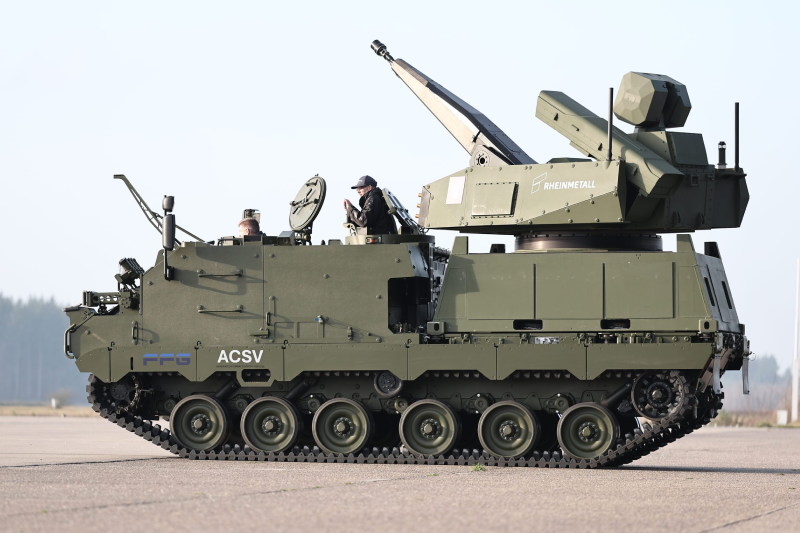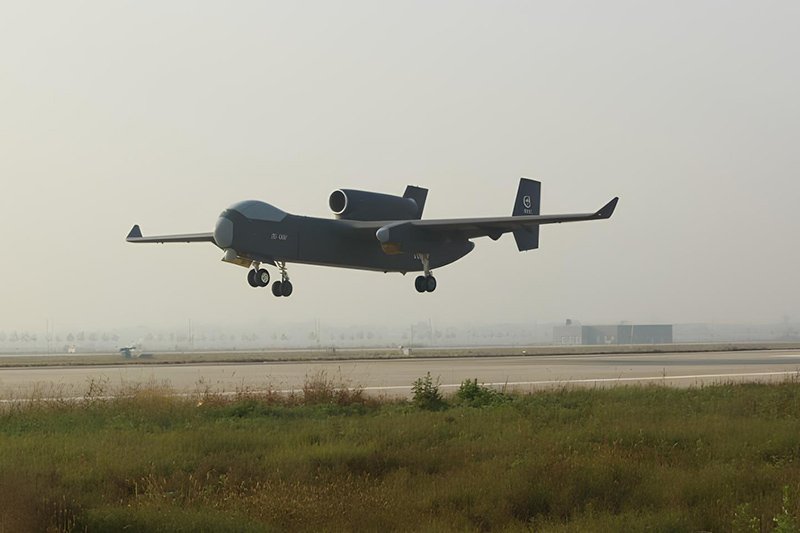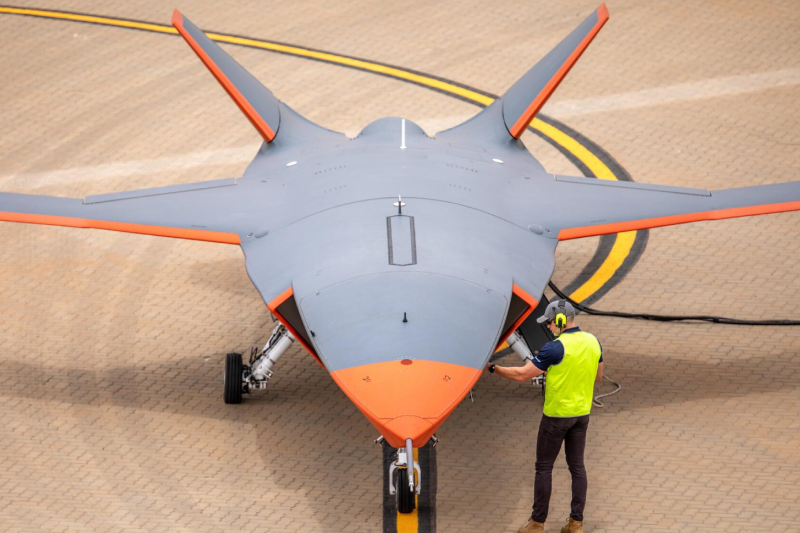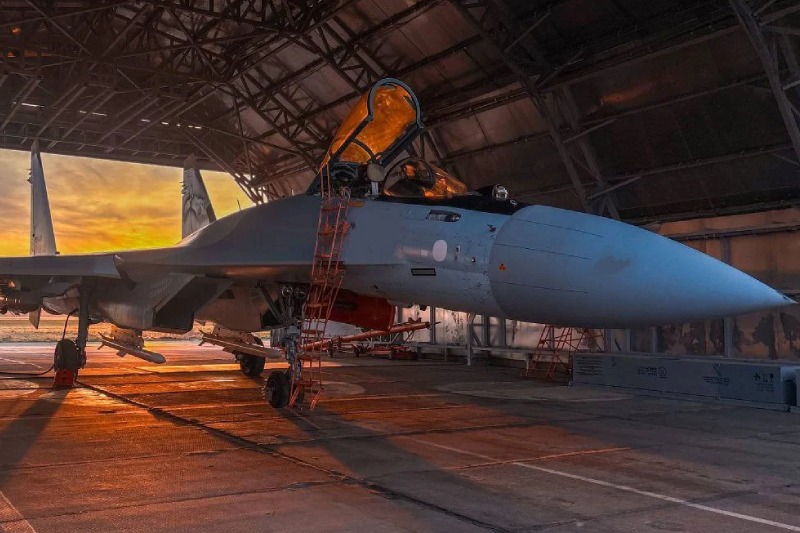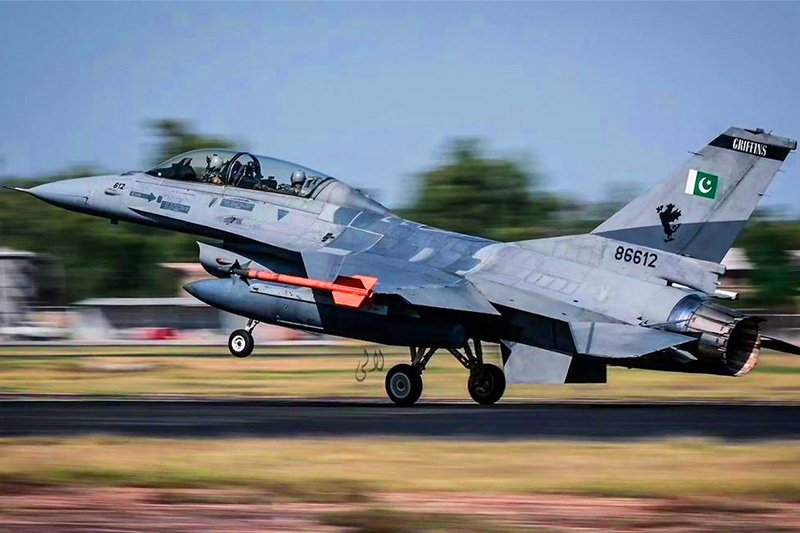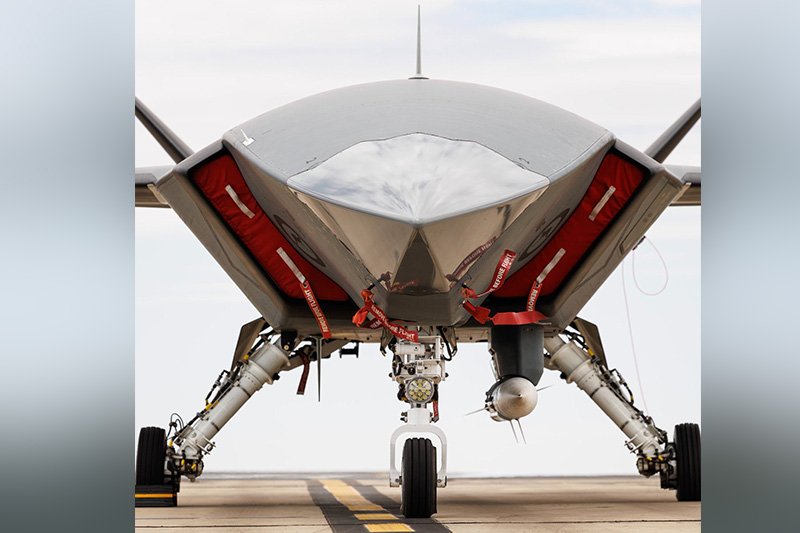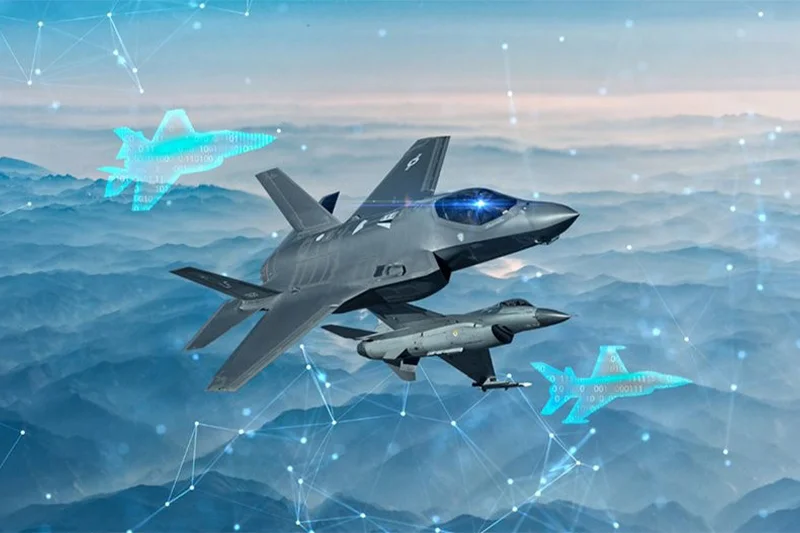Lockheed Martin Set to Develop AI Tools for DARPA
Lockheed Martin has secured a $4.6 million contract from the Defense Advanced Research Projects Agency (DARPA) to develop cutting-edge Artificial Intelligence (AI) tools for dynamic, airborne missions. This project is part of DARPA’s Artificial Intelligence Reinforcements (AIR) programme, which aims to revolutionize Modeling and Simulation (M&S) approaches and create advanced AI agents for live, multi-ship, beyond visual range (BVR) missions.
The AIR Program
DARPA’s AIR program is designed to enhance the speed and predictive performance of government-provided baseline models. The ultimate goal is to create more accurate representations of how the Department of Defense’s systems perform in real-world scenarios. This initiative reflects the growing importance of AI and machine learning in modern military operations and planning.
Also read this: Croatia Purchases More Black Hawk Helicopters
Lockheed Martin’s Role
Over an 18-month period, Lockheed Martin will apply state of the art AI and Machine Learning (ML) techniques to develop surrogate models of various military assets, including:
- Aircraft
- Sensors
- Electronic warfare systems
- Weapons
These models will be created within dynamic and operationally representative environments, providing a more realistic simulation of complex military scenarios.
Technological Approach
Lockheed Martin plans to utilize its ARISE infrastructure in conjunction with advanced scientific ML technology. This combination is expected to generate unprecedented amounts of data, which will be crucial for service members to make faster and more informed decisions in the field.
Gaylia Campbell, vice president of Engineering and Technology for Lockheed Martin Missiles and Fire Control, emphasized the importance of connecting critical systems quickly across all domains in complex airborne missions. The DARPA AIR program is seen as a key step towards achieving this goal.
Implications for Military Operations
The development of these AI tools has several potential benefits for military operations:
- Enhanced decision-making: Faster processing of complex data will allow for quicker and more informed decisions in the field.
- Improved training: More accurate simulations can lead to better training scenarios for military personnel.
- Cost-effective testing: Advanced AI models may reduce the need for expensive live testing of military systems.
- Increased operational effectiveness: Better predictive models can lead to more efficient use of military assets in real-world scenarios.
Lockheed Martin’s involvement in DARPA’s AIR program represents a significant step forward in the integration of AI and ML technologies into military planning and operations. By developing more accurate and dynamic models of military assets and environments, this project has the potential to greatly enhance the US military’s decision-making capabilities and operational effectiveness.
As AI continues to play an increasingly important role in defense technologies, projects like this highlight the ongoing efforts to leverage these advanced tools for improved military readiness and performance. The success of this initiative could pave the way for further advancements in AI-driven military simulations and planning tools.
Keep connected with us at Facebook, Twitter, YouTube, Instagram & TikTok for latest defense happening around the globe.
Discover more from International Defence Analysis
Subscribe to get the latest posts sent to your email.


